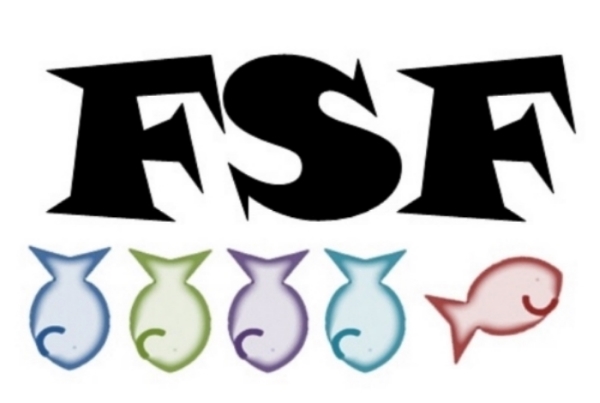Brief History: The earliest stories which are attributed to inspiring Rapunzel are of girls named after plants and stuck in towers. The most well-known is of course: pregnant woman craves radish, husband steals radish from witch (because apparently bartering isn’t that big of a thing in their village), witch takes baby as punishment. We all know it was just an excuse because she wanted a kid, which she then names after the said radishes. Rapunzel is placed in a tower when she hits puberty and her hair grows long enough for the witch to climb up, making a door for the tower obsolete. A prince hears her singing one day and tricks Rapunzel into throwing down her hair for him. Seeing he is not her witchy mom, Rapunzel is scared at first, but the prince keeps coming back until they eventually shack up. The witch, realizing Rapunzel’s clothes aren’t fitting and the her daughter is saying suspicious things like, “You’re so much lighter than—“, the witch punishes the couple by sending Rapunzel and the twins she’s preggers with to a desert. She also blinds the prince. Then there are some blind wanderings, some magic tears, and a happily ever after.
Analysis: So much mental abuse! So much! And Rapunzel never learns who her real parents are except in later versions of the story. Still, Rapunzel seems to want more. She understands that there’s a world outside of the tower that her “mother” won’t let her see and that the prince is a way to see it all. She’s naïve and scared, but she’s willing to go with him. I will also give the prince credit. He declares he “loves” Rapunzel almost immediately, but he doesn’t really make a move until he’s come to see her several times. He’s slightly more respectful than some other fairy tale princes… although he did fool her in order to sneak into her bedroom in the first place. Hmm. Now I'm torn.
Blame it on the Victorians: Towers are a metaphor for the lives of middle and upper class Victorian women! I know you’re rolling your eyes at this blog right now and the word “pretentious” is probably at the edge of your lips, but hear me out. Women of the upper class especially had to be perfect. The expectations of them were high, yet degrading. They were supposed to aspire to be damsels. The tower was supposed to be the safe place and as long as they had a husband, all was right with the world. The whole idea of a medieval lady in distress comes from this time and fairy tales were a great way to hammer that idea of being helpless and demure into a young lady's brain early. Suffragettes preferred images of Joan of Arc over fairy tales for this reason. She was still the medieval woman, portrayed as classically beautiful. However, she was a bad ass. She didn't need a tower or a prince. She had her own sword, damn it! Wait, where was I going with this?
Last thoughts: How good does conditioner have to be in order to withstand the weight of a grown man?
*If you want know any of the places where some of my research comes from, just contact me.

